HIE Awareness Month
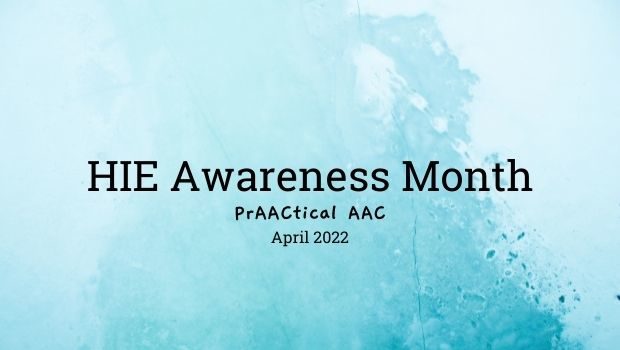
It doesn’t get as much attention as other disabilities in the AAC community, but some people with complex communication needs can trace the cause of their disability to Hypoxic Ischemic Encephalopathy (HIE). April is HIE Awareness Month so today we’re sharing information and resources for those who want to learn more.
Let’s start by breaking down the term HIE.
- Hypoxic = lack of oxygen
- Ischemic = restricted blood flow
- Encephalopathy = affecting the brain
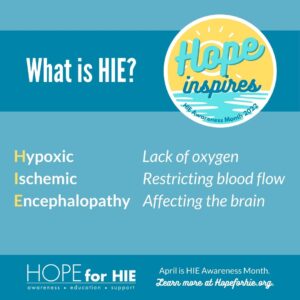
Whether diagnosed as newborns or later in development, this form of brain injury is frequently associated with other conditions, such as cerebral palsy, seizure disorders, limited hearing and vision, feeding difficulties, and developmental challenges. There are many causes of HIE, including uterine ruptures and placental issues, near drowning, cardiac arrest, and other things that interrupt oxygen flow to the brain. By some estimates, 75-80% survive HIE, 50-70% experience seizures, and 40-50% develop a permanent developmental disability. Among those who have long-lasting disabilities, the effects range from mild to quite severe. The impact of HIE depends largely on what parts of the brain were affected and the extent of the damage. 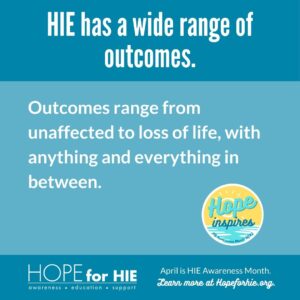
Hope for HIE is an organization that supports global efforts to build awareness, educate families and professionals, and offer support. Join me and AAC expert Tina Moreno for an AAC conversation with the Hope for HIE community on April 27th.
You can learn more about HIE Awareness Month here.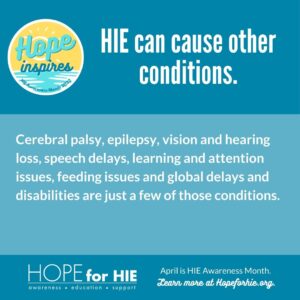
:::::::::::::::::::::::::::::::::::::::::::::::::::::::::::::
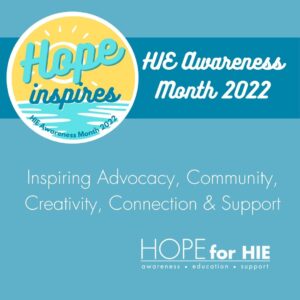
Disclosure: Carole Zangari is a member of the Hope for HIE Medical Advisory Board.
Filed under: PrAACtical Thinking
This post was written by Carole Zangari
